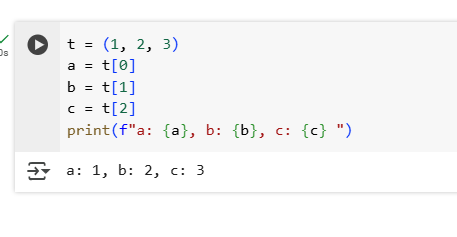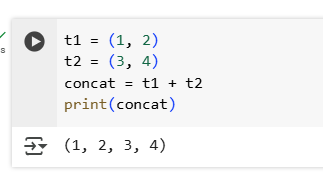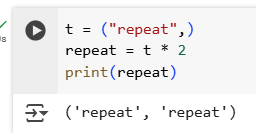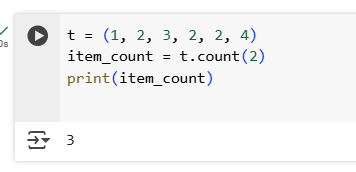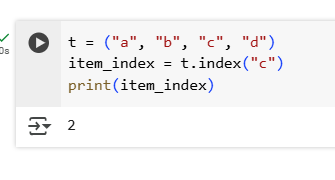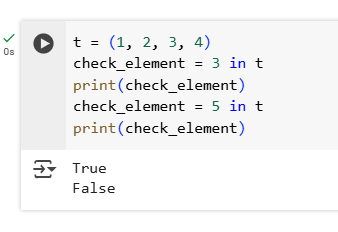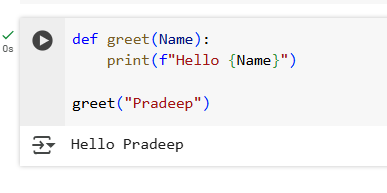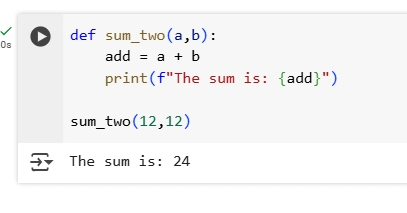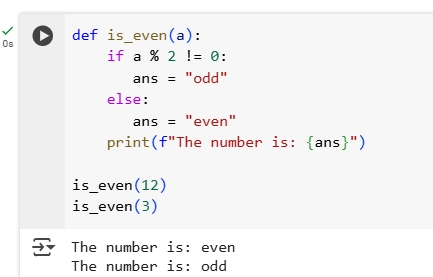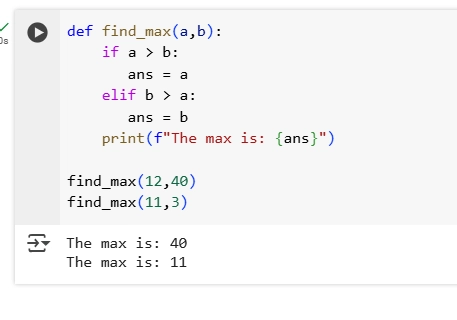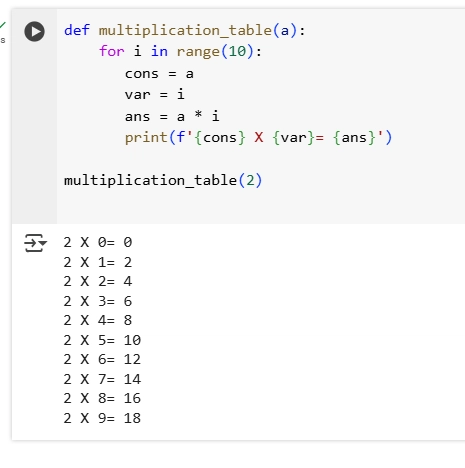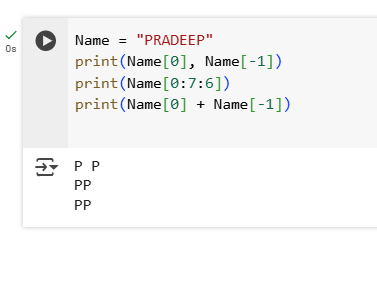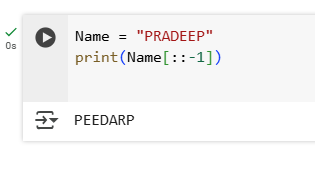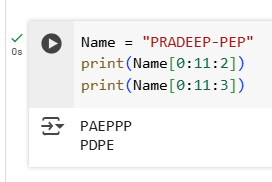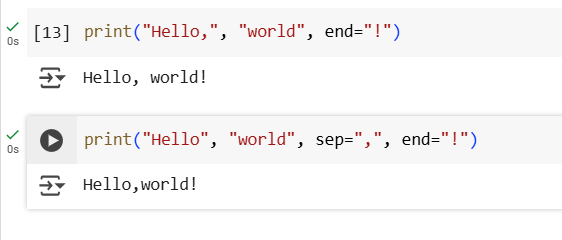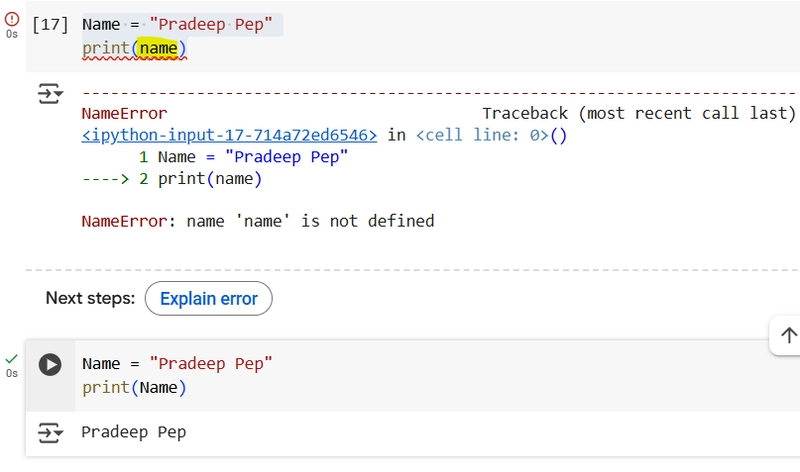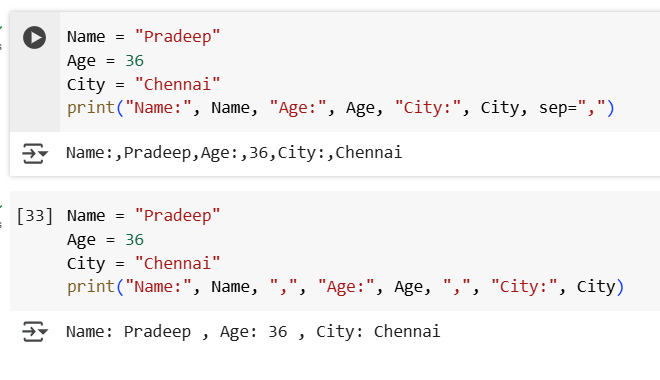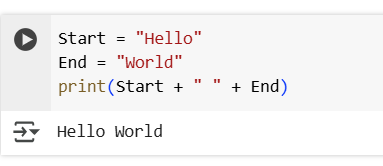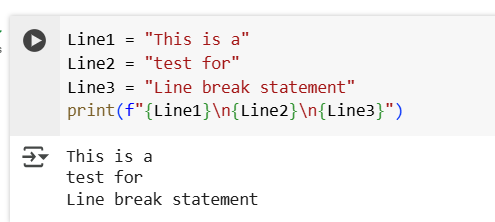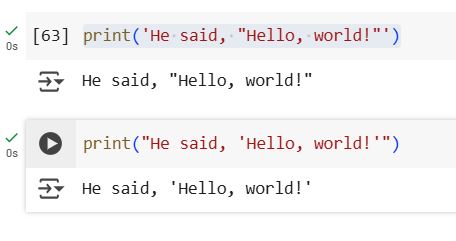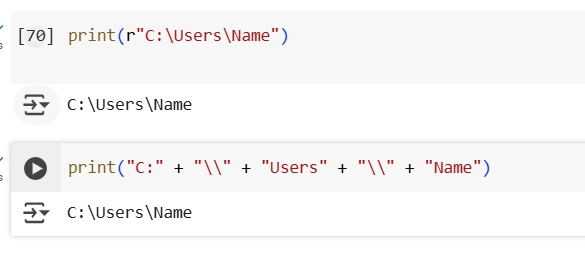Weekly notes 16-17 2025
Last two weeks went super busy with office work, reading, library visits and few events.
Reading:
Completed reading the original book and rewritten version of “பெண் ஏன் அடிமையானாள்?” “Why women became slave?” by originally written by Periyar. That book describes why Indian women are still slaves of family, society due to various reasons like marriage, childcare etc.
The sad part is, even though that book was written few decades ago, it is still relevant.
Like any other devotional books/stories are retold for every generation, this book should also be rewritten,
once in every 10-20 years and it should be told on all modern formats like audio books, drama, shortfilms, shorts etc.
Reviewing and editing that rewritten version is one of the most satisfying action I did this year.
Hope we can release this as a print edition and free ebook edition. Checking with few contacts to publish this. Will share the progress soon.
Still reading the book “Attention Span”. May take few weeks to complete.
Easter:
Kids got some 4 days holidays due to Easter. They all went for a Easter egg hunting event.
HeartComonos:
At HeartComonos, a social non profit organization, is conducting many free events here. Participated on a Bollywood dance event with family. Celebrated its lead Hardy’s birthday, along with fun filled dancing.
Helped to capture the wonderful moments with Camera.
Library visit:
On the weekend, we visited Mississauga Central Library. It is one of the best places, as a family, we like to go anytime. Just being surrounded by million books itself a great feeling. Viyan is reading a lot. Iyal is still trying to read. Paari is yet to learn reading, but he can turn pages of books one by one for many hours. There are good comics books available. Both Iyal and Paari are creating their own stories, just by seeing and turning the pages. What else we need for kid’s mind to be filled with imagination?
Upcoming talk on Open Licensed Tamil dataset collection:
On May 05 2025, I will be giving an online talk on curation of open licensed tamil dataset.
Preparing for the talk along with collecting open data in Tamil.
KanchiLUG meets:
Every sunday IST evening hours, ( my mornings) are going useful with interesting discussions on Linux,
Free/Open Source software etc.
check https://kaniyam.com/events and subscribe to the calendar there for more interesting events.
Tamil Skills contest for kids:
Last saturday, attended a contest for kids with viyan. Good to see that around 100+ kids participated on the contest on Skills for Tamil reading,writing and speaking. viyan participated with last min preparation.
Next year, hope all three kids will attend. Happy to see many friends like Natkeeran, Suba, Kent, Selvanayaki madam.Took care of capturing some wonderful moments of the events.
After the event, spent few hours in a library at Toronto Downtown. I skimmed on few books on black/white photography, Instagram posting, video making and Toronto Photographers collection etc. Discussing many things with viyan is one of my favourite things. When we travel along, we talk about many things like world history, war, mythology, comics, manga, atheism, Tamilnadu political history etc.
ComicCon Mississauga:
Sunday, attended an event for Comics and Toy Collections. Around 100 sellers were selling old comics books, unopened hero toys. There were many kids buying those stuffs. I was wondering to see, there were many adults standing in line, exploring the old comics and toys, and buying them with wide open eyes.
First they create a cha rector, then bring as comic books, then toys, then computer games, then graphic novel, then text novel, then movies. This is how all the childhood characters are becoming immortal. The business behind this is very huge. Thinking why we the Indians can not bring such huge cycle of business, even though we have tons of stories. Among all the mythological stories, there are very little for children. We have to create more stories and do business with them.
Nithya’s Video series on GenAI
Nithya started text series on GenAI at Kaniyam.com and a video series on her youtube channel, in Tamil. We had some good outdoor shooting for the intro video. Released the first video here


